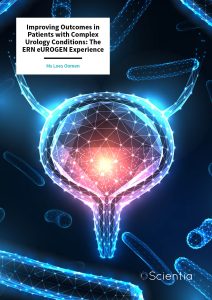Ms Loes Oomen | Improving Outcomes in Patients with Complex Urology Conditions: The ERN eUROGEN Experience
Patients with rare diseases and complex conditions pose unique challenges for clinicians, largely due to limited exposure to their associated anomalies. To overcome clinical obstacles, the European Commission launched a new Cross Border Health Innovation involving European experts in urology who have formed a European Reference Network (ERN) to facilitate knowledge sharing and skill development amongst healthcare providers. Recently, Ms Loes Oomen and colleagues in the Department of Urology at the Radboudumc Amalia Children’s Hospital in The Netherlands have reviewed the clinical activity and procedures across this newly established network and identified potential areas for improvement.
The Need for Knowledge Sharing
Clinicians face challenges in diagnosing and treating patients with rare and complex conditions due to limited knowledge, information, and exposure to uncommon symptoms and disease mechanisms. Urology is centred around the function of the urinary tract (kidneys, ureters, bladder and urethra) and the reproductive and related organs such as the rectum. As with many other medical specialities, urologists may encounter unusual variations of common ailments during their practice.
With this in mind, and following discussions with patients, politicians and healthcare specialists, the European Commission (EC) identified a need for so-called European Reference Networks (ERNs) – which are essentially pools of experts who work closely together with patient representatives to offer innovations in advice and practical solutions regarding complicated versions of specific diseases. A group of leading European urology practitioners formed ERN eUROGEN to garner wide-ranging expertise regarding rare urological diseases and complex conditions and share knowledge with healthcare providers across Europe.
Ms Loes Oomen and colleagues in the Department of Urology at the Radboudumc Amalia Children’s Hospital in The Netherlands have presented their findings following a comprehensive overview of ERN eUROGEN’s clinical practices since its inception, and have identified specific challenges around data collection and definitions of disease, which have contributed to discrepancies in the documentation of information using the continuous monitoring system developed by the EC.
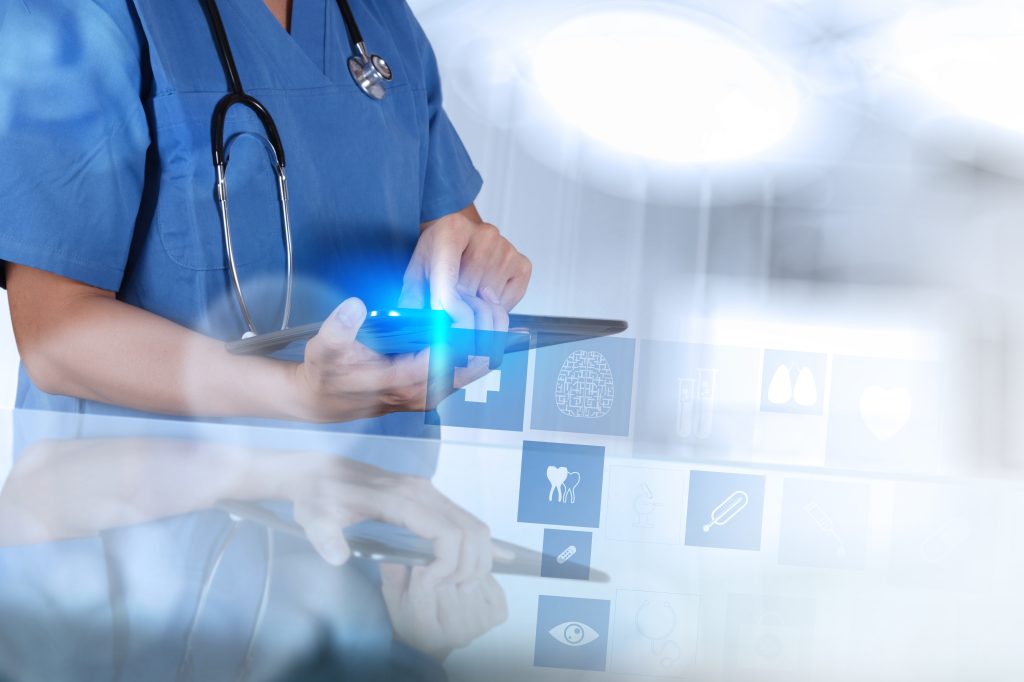
Establishing the ERN eUROGEN Network
Following a stringent application process, the newly formed ERN eUROGEN became operational in 2017 boasting an initial membership of 29 centres across 11 EU Member States. At present, ERN eUROGEN comprises 57 Healthcare Provider Full Members and Affiliated Partners from 20 EU Member States. With a collective mission to reduce healthcare inequalities across Europe, the main aims of the network include facilitating the exchange of clinical information through a centralised patient management system, the production of evidence-based clinical practice guidelines, the development of clinical decision support tools, and a longstanding patient registry for supportive evidence.
Additionally, ERN eUROGEN promotes education, research, and the generation and sharing of evidence using an innovative disease registry. To simplify the network structure as much as possible, diseases were allocated to one of three categories, each with an overarching description of the contents and with a different team of experts managing the group. The categories were separated into congenital anomalies, functional conditions requiring specialised surgery, and rare urogenital tumours.

Improving the ERN eUROGEN Network
Ms Oomen and the team started by analysing data on the total number of patients requiring long-term care, the total number of new patients, and the total complex surgeries performed each year across all pre-determined disease categories at the 29 initially enrolled centres between 2013 and 2019. They noted that effective monitoring of clinical activity benefits from a standardised terminology system to reflect the diagnosis and treatment of rare diseases, which are defined as clinical conditions affecting ≥1 in 2000 individuals and involving ≥2 organ systems.
Along with the International Classification of Diseases database maintained by the World Health Organisation, the EC created a new coding system specifically for rare diseases, and in combination, these formed unique diagnostic codes to be used by all members of ERN eUROGEN to classify rare and complex urological conditions using Orphanet codes (when applicable) and ICD10 codes.
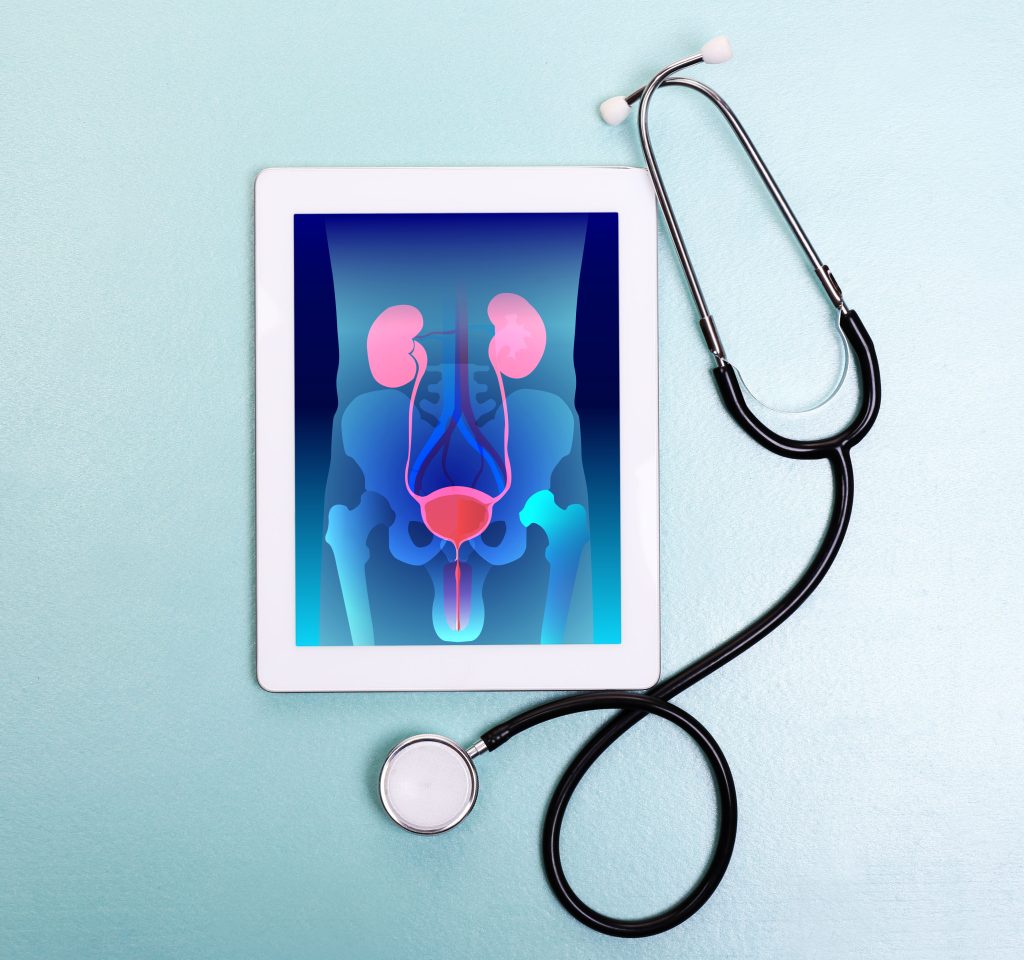
During the specified period there were variations in the number of patients and surgical procedures, although overall, >122,000 patients with rare and complex urological diseases required long-term care, and clinical activity increased year-on-year in all centres. There were notable differences in the clinical activity in each category, with some displaying minor decreases and others showing increases of ≥300%.
Reliable data analysis was found to be hindered by inaccurate coding and record keeping, with some clinics relying on transcribing details from paper files, thus increasing the likelihood of errors. The use of some disease codes was also found to be inconsistent, resulting in further inaccuracies. Whilst the issues arising regarding patient numbers during the application process have since been rectified and further validation of the disease identification codes completed, there remains a need to ensure that all members of ERN eUROGEN agree on disease terminology to maximise data quality and promote meaningful analysis.
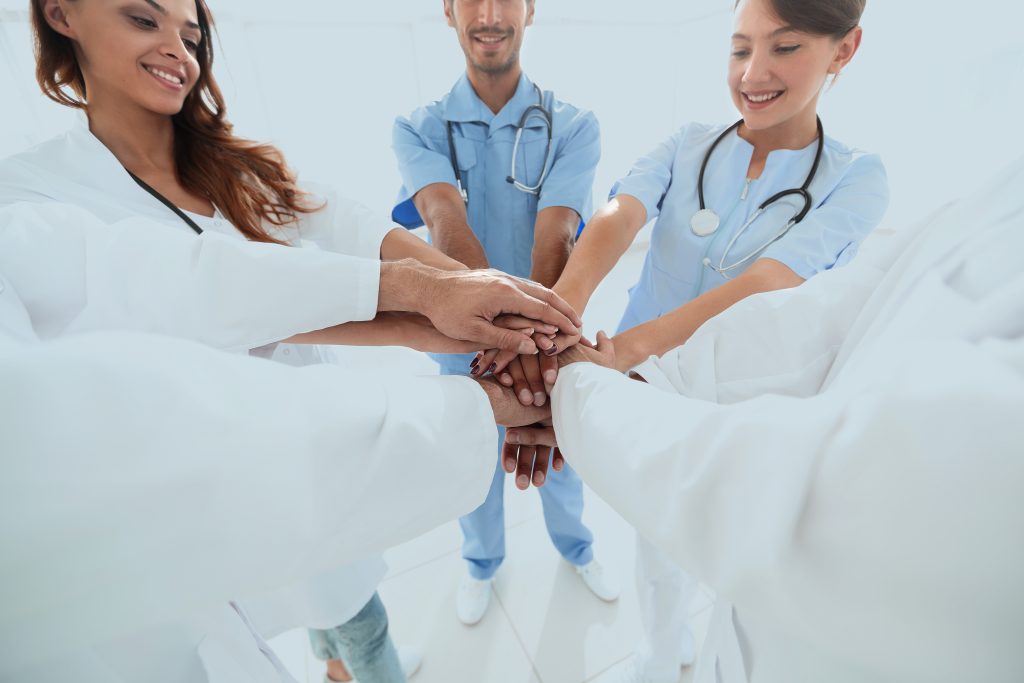
Care, Share, Cure
To facilitate easier data extraction and more precise analysis, it is important to achieve further clarity in disease classification and standardise coding systems, thereby reducing variability. This will not only validate the findings but also aid in the ongoing development of ERN eUROGEN and contribute to a more accurate representation of the European population and beyond. Ultimately, this will help achieve the overarching goal of improving treatment coverage and promoting health equality.
This insightful study demonstrates how ERN eUROGEN (www.eurogen-ern.eu) has made great strides in gathering novel urological knowledge from a swathe of respected clinicians, analysing data from many thousands of patients with rare and complex conditions.
With Ms Oomen’s ever-expanding expertise, and a lauded scientific community working to ensure that high levels of proficiency are maintained within the network, this impressive EU Health program for patients with a rare disease or complex condition can only flourish. The generation of top-quality data, the streamlined extraction and analysis of information, and the creation of a centralised patient registry will further assist in attaining the vital understanding necessary to achieve ERN eUROGEN’s ultimate aim to ‘Share. Care. Cure.’ (where possible), whilst promoting equal access to healthcare for generations to come.
SHARE
DOWNLOAD E-BOOK
REFERENCE
https://doi.org/10.33548/SCIENTIA896
MEET THE RESEARCHER
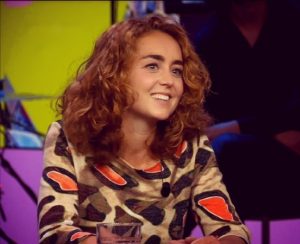
Ms Loes Oomen
Department of Urology
Radboudumc Amalia Children’s Hospital
Radboud University Medical Center
Nijmegen
The Netherlands
Loes Oomen attained both her Bachelor and Master in Medicine degrees from Radboud University and is currently studying for a PhD in Paediatric Urology whilst working as a Clinical Specialist in the European Reference Network eUROGEN. Whilst Ms Oomen’s research to date has primarily centred around paediatric kidney transplantation, her current work with eUROGEN is focused on improving knowledge exchange and expertise around rare and complex urological conditions to optimise patient outcomes and reduce global health inequalities. Ms Oomen is a staunch advocate for human rights and has experience in project management, data collection and analysis. Additionally, she has contributed substantially to several publications in highly regarded scientific journals and has been employed in diverse patient-facing roles as an adjunct to her postgraduate academic career.
CONTACT
W: https://www.radboudumc.nl/en/research/departments/urology
KEY COLLABORATORS
Dr Erik Leijte
Professor Wout F.J. Feitz
Darren E Shilhan
FUNDING
European Commission
FURTHER READING
L Oomen, E Leijte, DE Shilhan, et al., Rare and Complex Urology: Clinical Overview of ERN eUROGEN, European Urology, 2022, 81(2), 204–212. DOI: https://doi.org/10.1016/j.eururo.2021.02.043
L Oomen, C Bootsma-Robroeks, E Cornelissen, et al, Pearls and Pitfalls in Pediatric Kidney Transplantation After 5 Decades,
Frontiers in Pediatrics, 2022, 10, 856630. DOI: https://doi.org/10.3389/fped.2022.856630
L Oomen, LL de Wall, EAM Cornelissen, et al., Steroid withdrawal in pediatric kidney transplantation: is it safe?, International Journal of Transplantation & Plastic Surgery, 2021, 5(1), 000159. DOI: https://doi.org/10.23880/ijtps-16000159
L Oomen, LL de Wall, EAM Cornelissen, et al., Prognostic Factors on Graft Function in Pediatric Kidney Recipients, Transplantation Proceedings, 2021, 53, 889–896. DOI: https://doi.org/10.1016/j.transproceed.2020.10.017
LL de Wall, L Oomen, F Glaap-Roeven, et al., Outcome of a thorough screening of lower urinary tract function in all pediatric kidney recipients, Pediatric Transplantation, 2020, 25, e13929. DOI: https://doi.org/10.1111/petr.13929

REPUBLISH OUR ARTICLES
We encourage all formats of sharing and republishing of our articles. Whether you want to host on your website, publication or blog, we welcome this. Find out more
Creative Commons Licence (CC BY 4.0)
This work is licensed under a Creative Commons Attribution 4.0 International License. 
What does this mean?
Share: You can copy and redistribute the material in any medium or format
Adapt: You can change, and build upon the material for any purpose, even commercially.
Credit: You must give appropriate credit, provide a link to the license, and indicate if changes were made.
SUBSCRIBE NOW
Follow Us
MORE ARTICLES YOU MAY LIKE
Dr Ralf Adam | New Technologies Shaping the Future of Oral Hygiene
Understanding the efficiency of various toothbrush technologies is essential for achieving optimal oral health. Dr Ralf Adam, who leads a dedicated team at Procter & Gamble in Germany, is keen to investigate the complexities of these technologies. His team have provided new insights into the best toothbrush types for plaque removal and the maintenance of gum health. By highlighting the importance of informed oral care decisions and ongoing investigations, this vital research works towards ensuring everyone can achieve a brighter, healthier smile.
Dr Toby Phesse | Revealing the Mysteries of Wnt Signalling: Novel Approaches to Beating Cancer
Cancer remains a leading cause of mortality worldwide, and the need for new, more effective treatments remains an urgent challenge. Dr Toby Phesse from Cardiff University in the UK focuses on the role of the Wnt receptor found on the surface of cells and its involvement with cell communication and cancer growth, bringing fresh hopes for new therapeutic options.
Dr Vijay Reddy | The Virus World Database: An Invaluable Resource for Public Health and Healthcare
Severe viral disease presents an ongoing challenge to the health of humankind. While unparalleled developments in science and technology are improving our understanding of such viruses, this information needs to be readily accessible to researchers to ensure continued progress in public health and healthcare. Dr Vijay Reddy and his colleagues at the Hormel Institute (University of Minnesota) developed the Virus World database, an invaluable resource that details the genome, structure, and host of practically every discovered virus to date.
Professor Ralf Herwig | Deciphering the Enigma of Vitamin D and the Immune System
Vitamin D has been studied as a treatment for a large number of diseases and conditions, from cancer to autism to COVID-19. However, its mode of action is not completely understood. Professor Ralf Herwig carries out his research at HG Pharma GmbH (Austria) and Ulster University (UK). His vital work explores the role of vitamin D in the body with a view to unlocking its potential as a treatment for a variety of health conditions involving the immune system.

